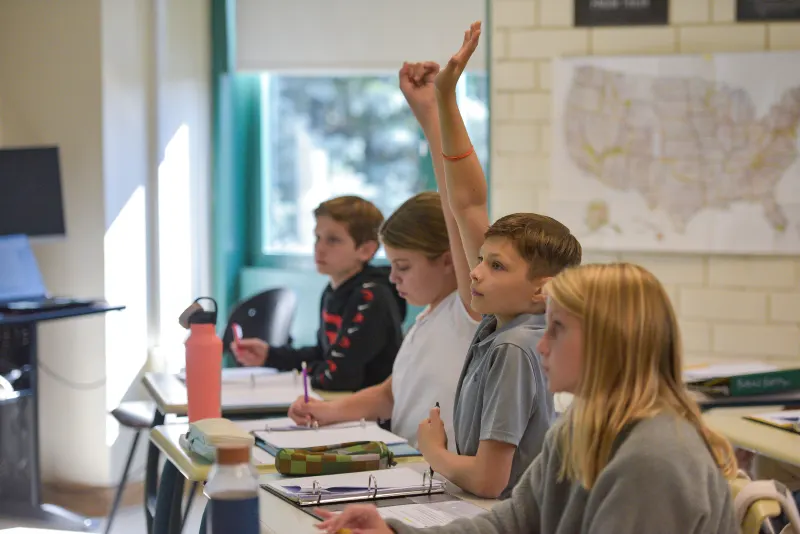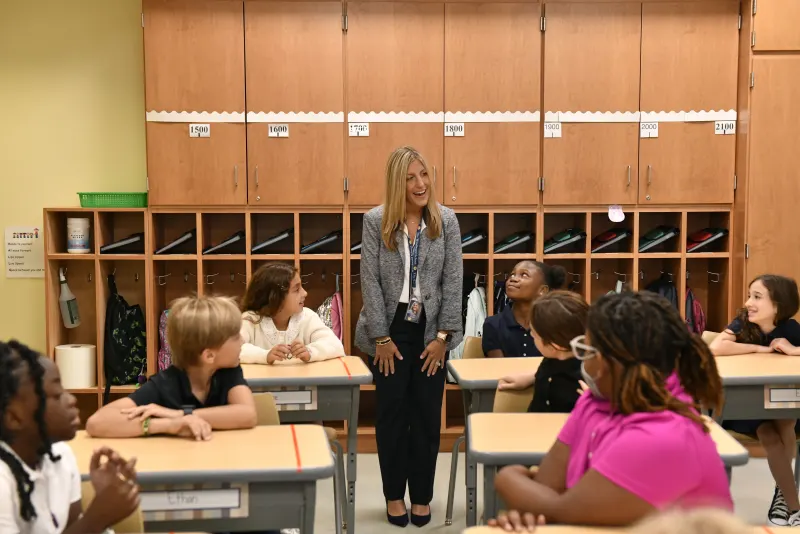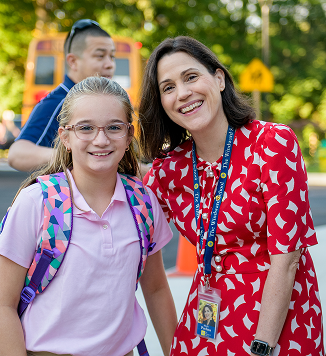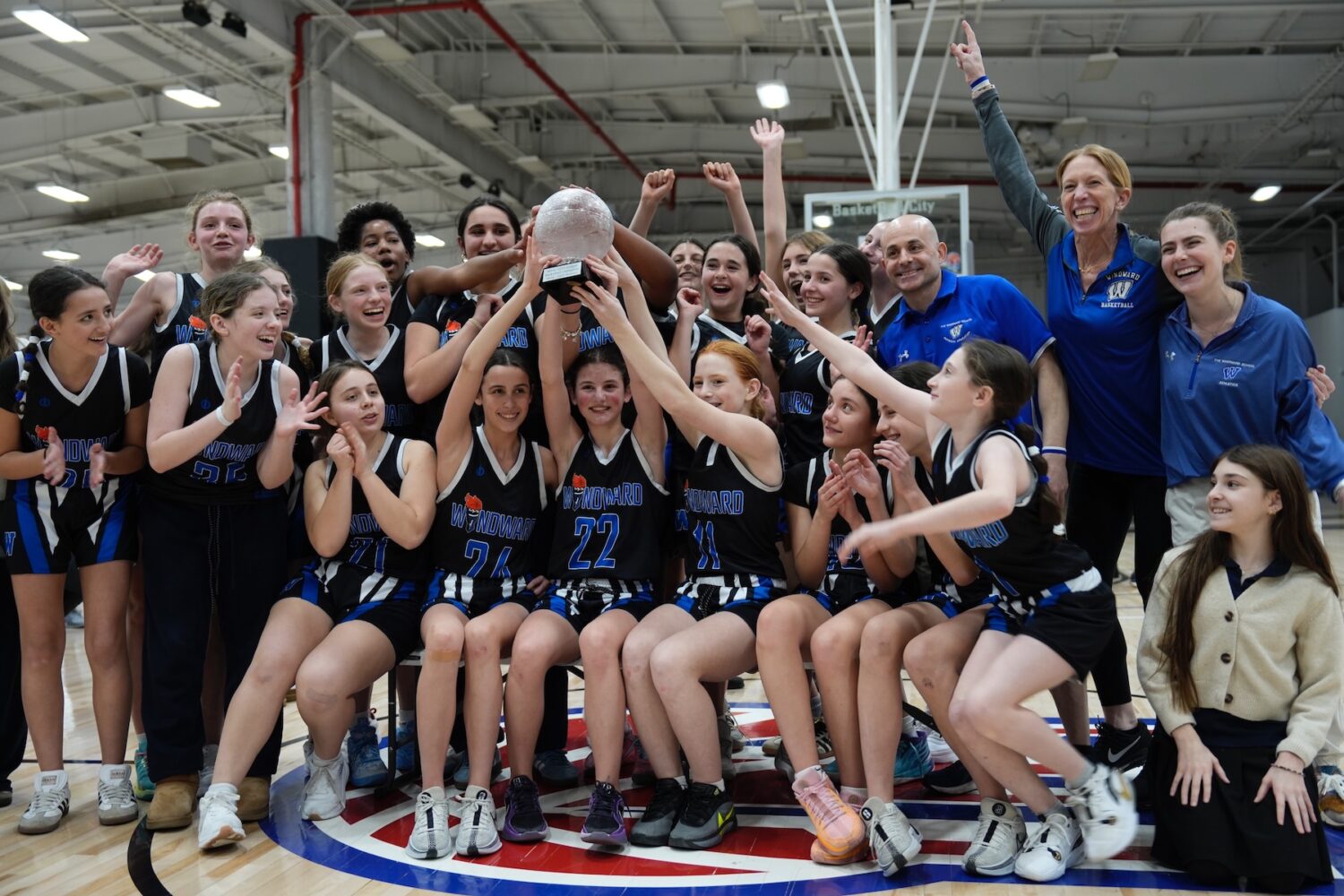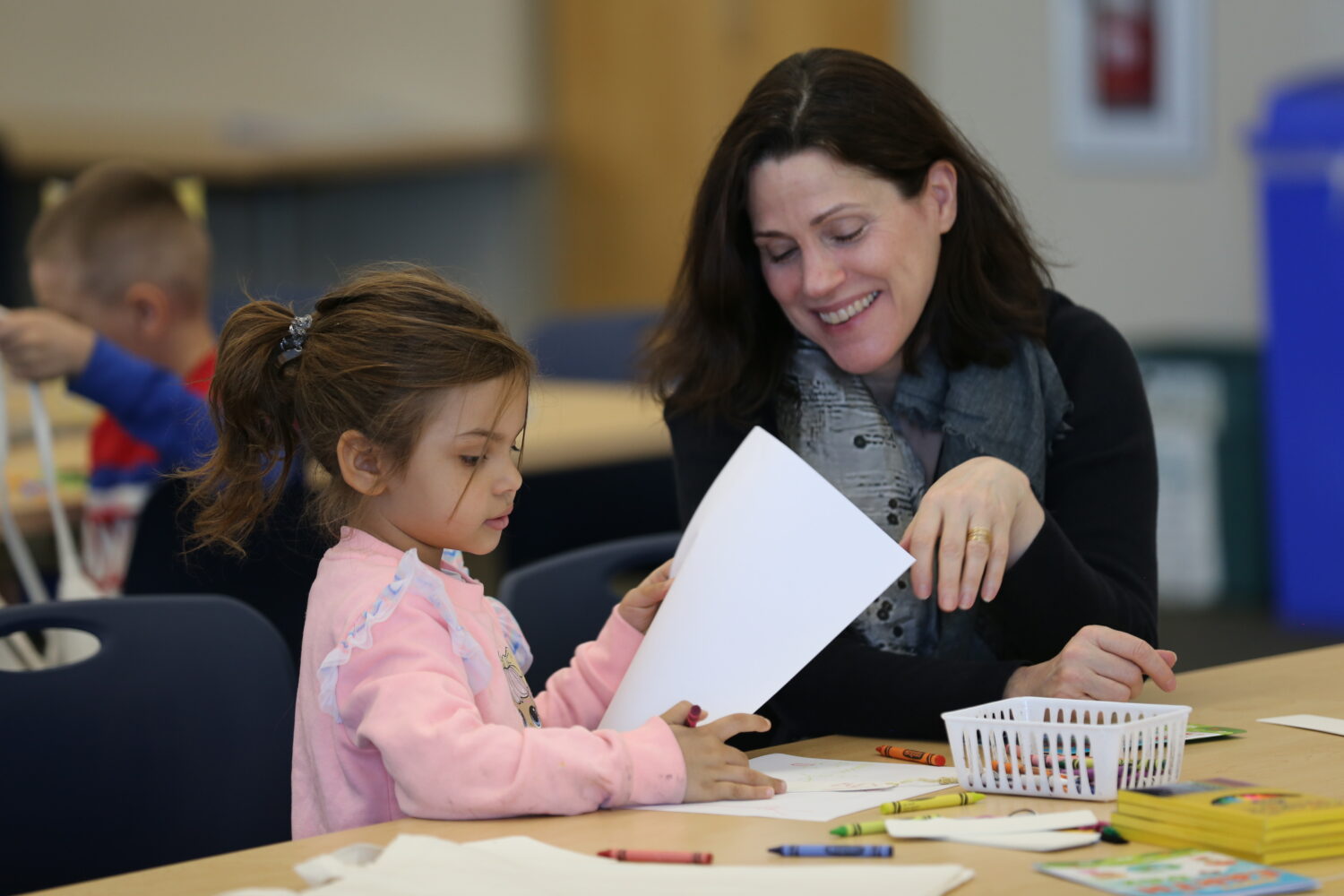According to the U.S. Department of Education, roughly 4 million students enter kindergarten each year, and sadly, thousands of those students will struggle to learn to read.
How Delaying Intervention Impacts Our Children
The “wait and see” or “you’ll love the teacher next year” model of service is ineffective. The fact is, when we wait for students to fail, we lose valuable time to address their learning disabilities early—when the science says students have the best opportunities for remediation. Allowing children to struggle without hope for success stifles their growing sense of independence, diminishes their confidence, and injures their sense of self-worth at a critical period of emotional and social development.
Do we teach children how to swim by simply throwing them into the deep end and seeing what happens? Do we think, “Surely they’ll learn how to tread water by watching the swimmers around them”? Or do we just hope that the new lifeguard will know the right instructions to offer from the chair while the child struggles in the water? Of course, we don’t. Yet, many educators support struggling young students with strategies just as flawed.
A multitude of studies have demonstrated that the gains students receive from early, targeted interventions are significant (Blackman et al., 1999; Foorman et al., 1998). Still, too many schools fail to provide or even recommend targeted interventions to students in kindergarten or first grade, and parents and guardians are often at a loss as to how best to proceed. Families then face an incredible sense of helplessness as their cries for support are met with indifference, passivity, or at times, firm resistance by school officials. As a result of our failures to address student learning challenges early with teachers trained in research-based methodologies, children in the United States get off to a poor start in reading, and they rarely catch up (National Reading Panel, 2000).
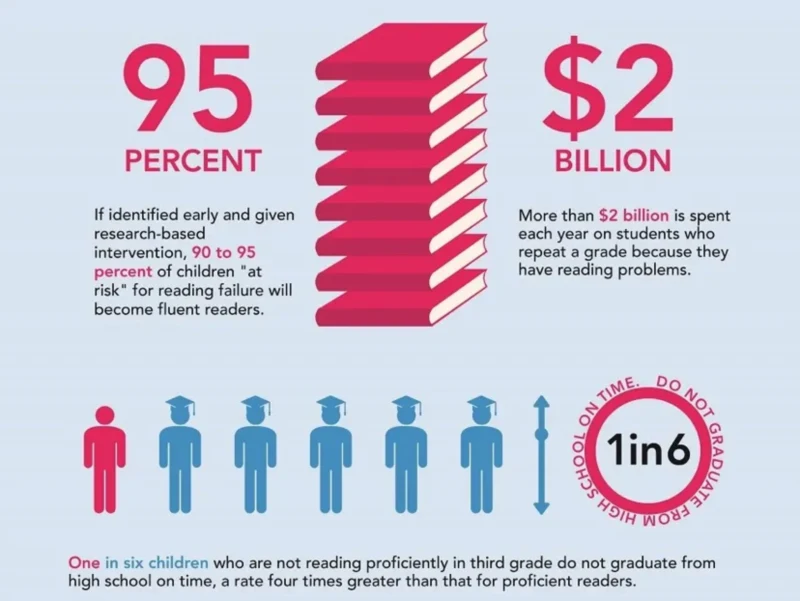
– Image from Edmentum
Learn More About Our Admissions Process
Breaking the Wait to Fail Cycle
The solution must be to keep the student at the center of the conversation. This requires engagement on all levels: consistent support and accompanying infrastructure from the administration, clear communication and documentation between teachers and parents/guardians, and a safe environment in which the student may express unique challenges and concerns without judgment.
With everyone working together in a collegial and cooperative manner, so-called past failures transform into puzzles to solve. Through open communication, parents and guardians share important insights with teachers who interact with children during a finite window of each day, which enables educators to serve each student’s specific needs, and ultimately foster successful outcomes.
The solution must be to keep the student at the center of the conversation.
A school or district without a clearly defined, research-based approach to teaching reading or protocols for screening to identify students who are not progressing will struggle to be responsive to a student’s needs. It is also important for parents, guardians, and teachers to establish and understand where the child fits into the school’s or district’s structure for determining intervention services. If the student already has an intervention plan, it helps to request the records and recommendations for further action. Parents and guardians should also be aware of their rights and responsibilities under the Individuals with Disabilities Education Act (IDEA).
Documentation is a critical piece of this process, such as recording daily observations and noting conditions where the child is successful and conditions where the child struggles. Parents and guardians can recount their child’s progress toward developmental milestones and markers. Family history can also be informative, as there is a strong genetic link for dyslexia through a complex set of interactions across multiple genes (Dorta, 2018). Parents and guardians should be encouraged to share these insights with teachers and the larger academic team and document those conversations and requests for help along the way.
Reading is an essential skill for life, and it is imperative to think about intervention as proactively as possible.
For many families, a key step is requesting a school evaluation or pursuing a private evaluation. For students in kindergarten and first grade, the focus should be on identifying at-risk areas, not on definitive diagnoses. It can be helpful to view early assessment from a public health perspective. A good comparison here would be screening for heart disease. While this process certainly involves looking for active issues, it also includes trying to identify those at risk of developing heart disease and then mapping possible treatments before it becomes a bigger issue.
Reading is an essential skill for life, and it is imperative to think about intervention as proactively as possible. The approach at The Windward School is to utilize all the resources at our disposal to develop a path to success for each student.
